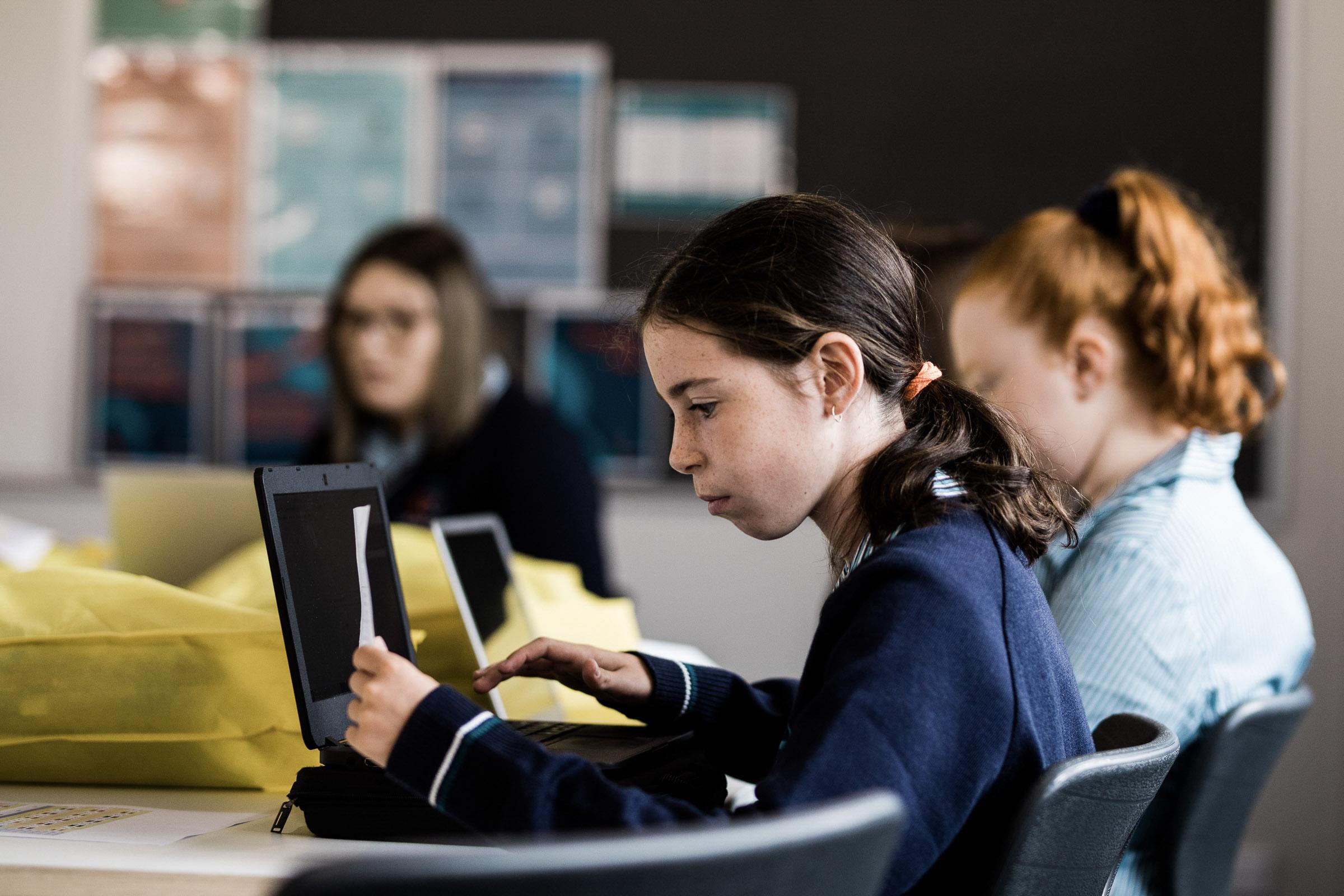Attendance & Data Update

Lockdown 4.0
As I sit to write this, we have entered our fourth remote learning period since Term 1, Week 8 in 2020. Over that time, we've become quite adept at learning in the online space!
No doubt all of us would prefer to have our students at school, in the classroom, learning. However, rest assured that we have strong structures and procedures in place to ensure that no child gets left behind in the hopefully brief remote learning period.
Attendance is crucial in the remote learning space. While we have adjusted and adapted our learning programs to cater to this period, learning will continue throughout this time. Students must complete the Attendance Question for each subjectin order to be marked present on the attendance roll. You will continue to receive attendance notifications when your child is marked absent during a class in remote learning. Your child will be marked late if they engage after the scheduled class, but before the end of the day, and absent if they do not engage at all during the learning day with that particular subject.
At times, teachers will organise Google Meets video conferences for group learning activities and check ins. These are all recorded on Compass as per our Child Safe policies and guidelines.
For more information on our Remote Learning Policies and Procedures, please refer to the following:
Alternatively, you can visit the Edgars Creek SC Remote Learning Guide online.
Developmental Rubrics
At Edgars Creek Secondary College, we use developmental rubrics to provide targeted, specific and goal-orientated feedback for our students in their Common Assessment Tasks (CATs) and behaviours (e.g. in our progress reports).
These are research and evidence-based assessment practices and have been continually developed with the support of College Critical Friend Bronwyn Jones and the Assessment Research Centre (ARC) at the University of Melbourne.
This is further support by a number of our staff who have completed post-graduate degrees with the University of Melbourne as well, in the areas of instructional leadership, curriculum and pedagogy, and educational leadership.
This form of assessment and feedback looks a lot different from what we may have received when we were in school, namely that the focus is on the strategies for learning growth, not a percentage score. However, for the purposes of reporting, a score will appear, which may not reflect the report itself based on our prior experiences.
A student who achieves 40-60% as a score in this type of assessment is actually sitting at the mid or 'at standard' range!Essentially, the rubrics are designed in such a way that for each 'level', the skills and behaviours needed to achieve that level are clearly outlined. They also encourage future learning - for example, a student who has achieved the 'whole' rubric would have benefited from a more challenging assessment task. The rubrics are designed to have most students sitting around the 40-60% range, so as to properly 'diagnose' what they are able to do, and where they need to go next.
Attendance Update
As of the end of Term 2, Week 6, with just over half the term completed, our average attendance sits as follows:
- Overall - 83.26%
- Year 7 - 86.82%
- Year 8 - 84.06%
- Year 9 - 82.50%
- Year 10 - 79.67%
The College has an expectation of at least 90% attendance throughout the year. Students, especially in Year 7, would have missed some parts of their learning in 2020 due to the extended COVID-19 lockdown. As such, it is even more important than usual that students are at school and attending their classes.
For our Year 10 students, there have been extensive meetings with families about learning progress and aspects for improvement for those hoping to undertake VCE studies.
There is no simpler way of putting this: students with less than 90% attendance for a unit will fail the unit.These attendance requirements are set by the Department of Education and Training as well as the Victorian Curriculum and Assessment Authority (VCAA).
Targetting Lateness
In recent weeks, the College has targeted lateness through an increase in communication with families as to the whereabouts of their child. While lateness continues to be an issue, the rate at which students are late to class is dropping as these new measures continue.
Anthony Asta
Leading Teacher - Timetabling & Data Management
